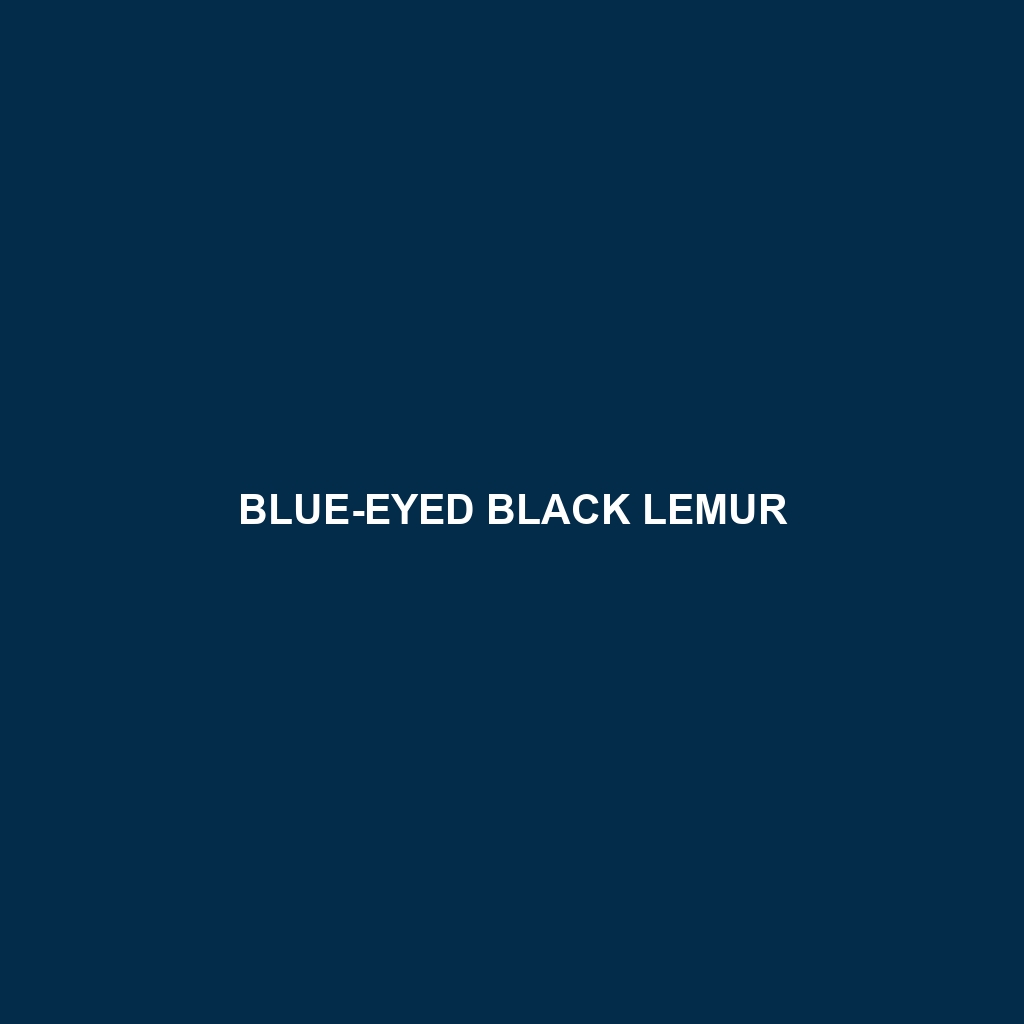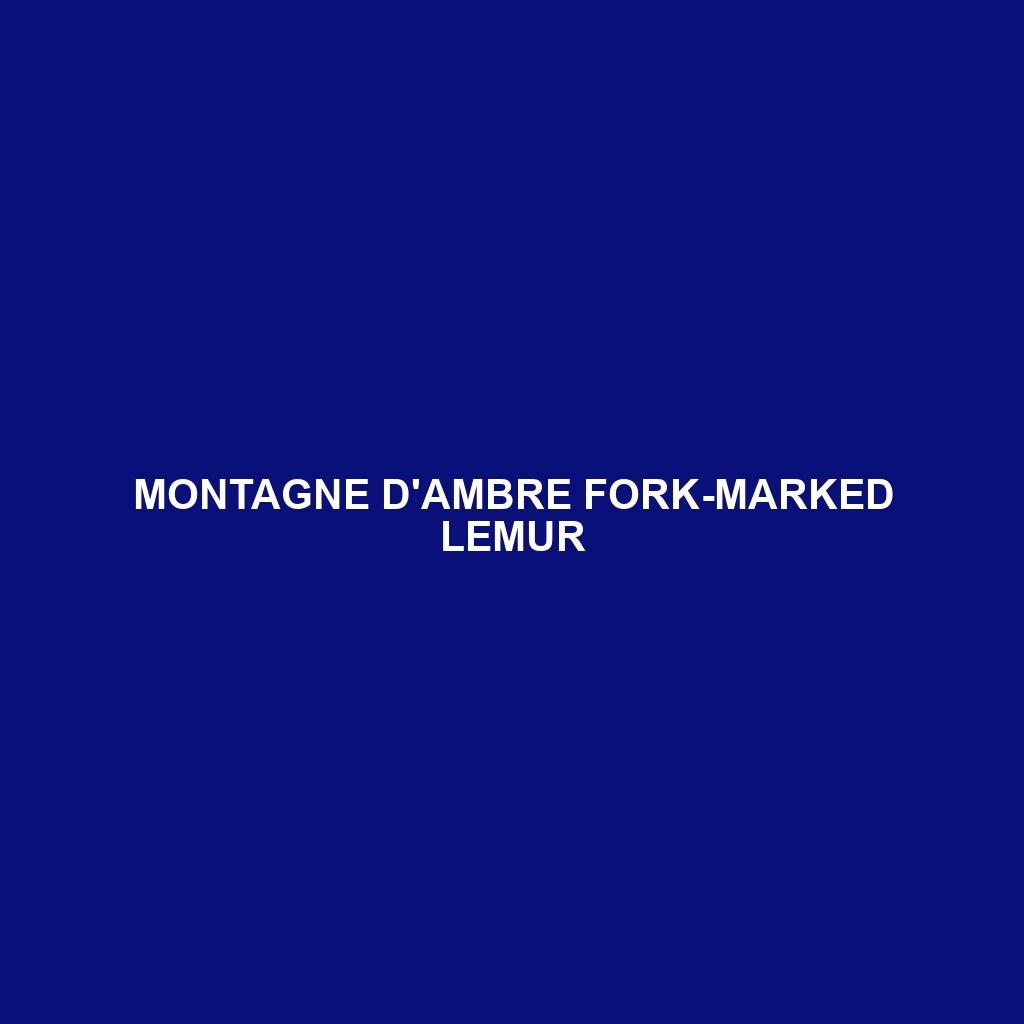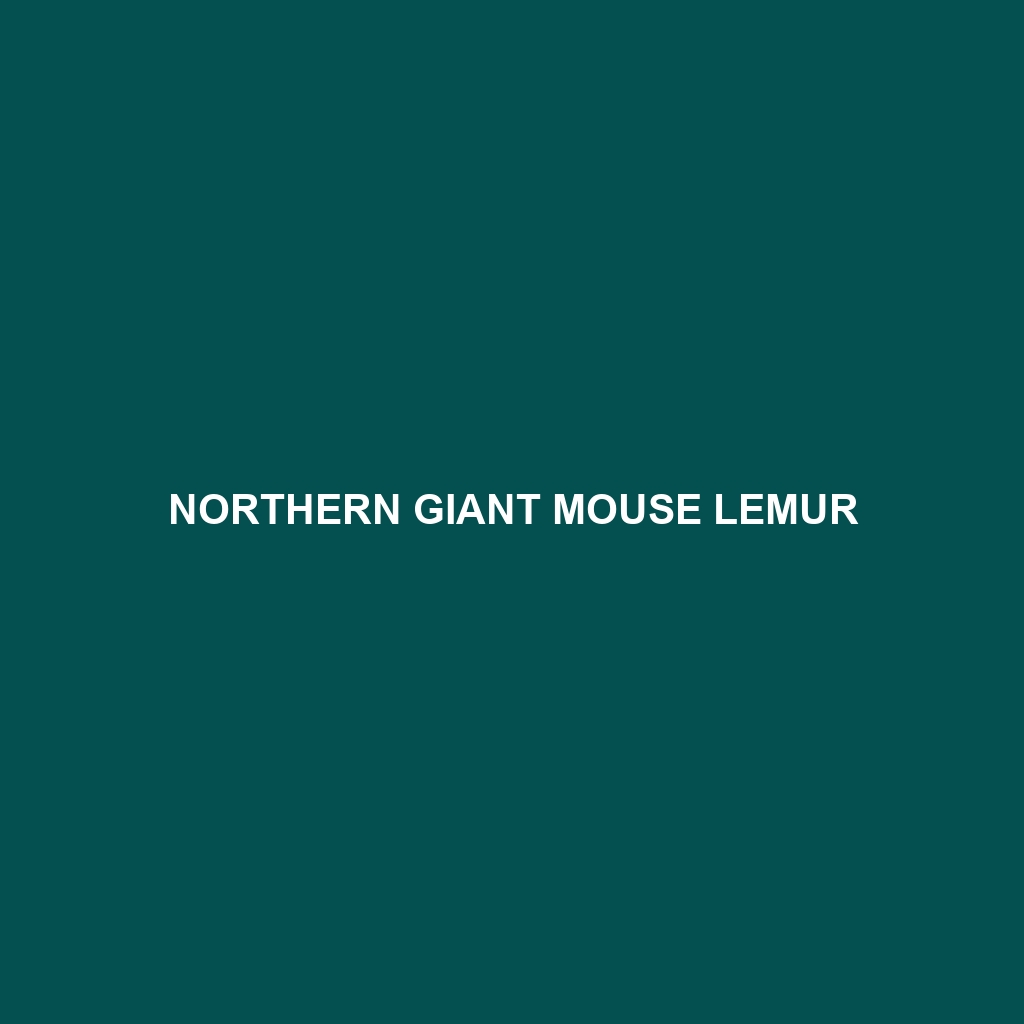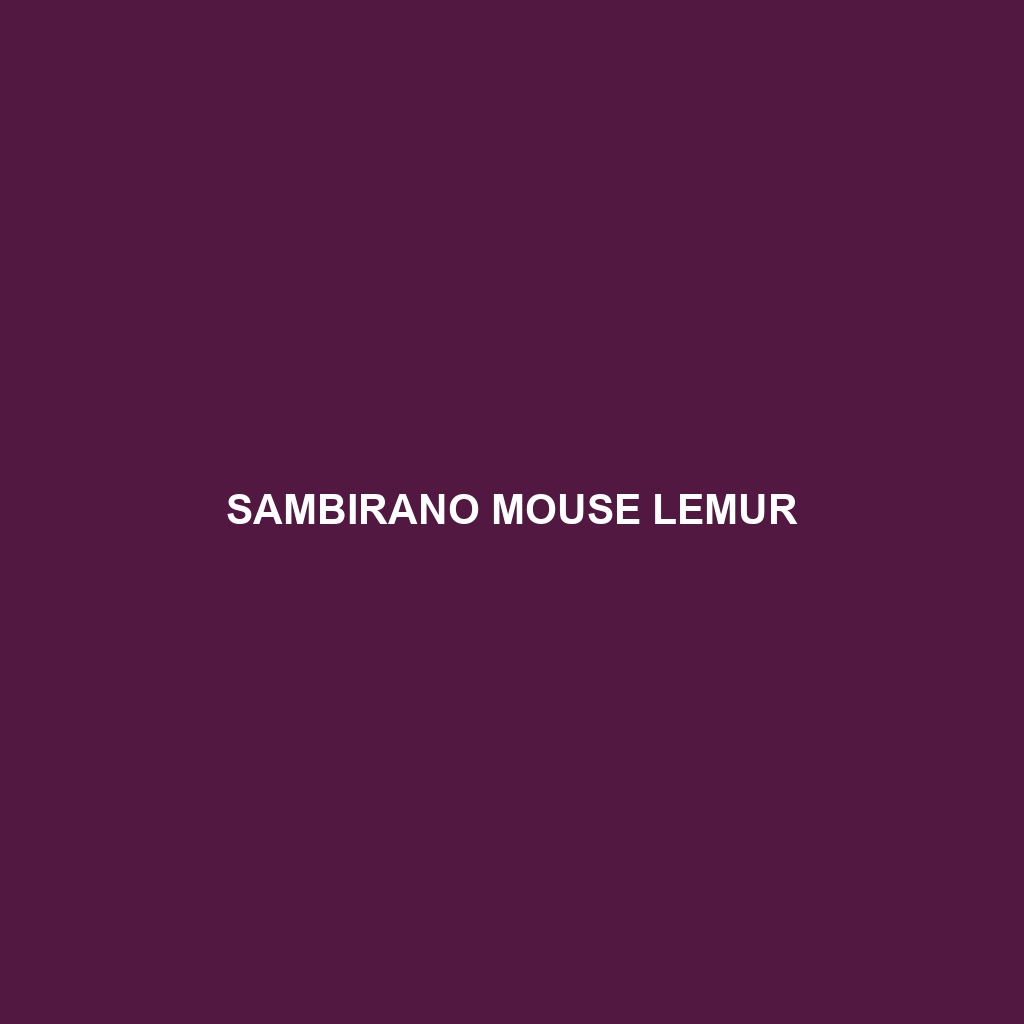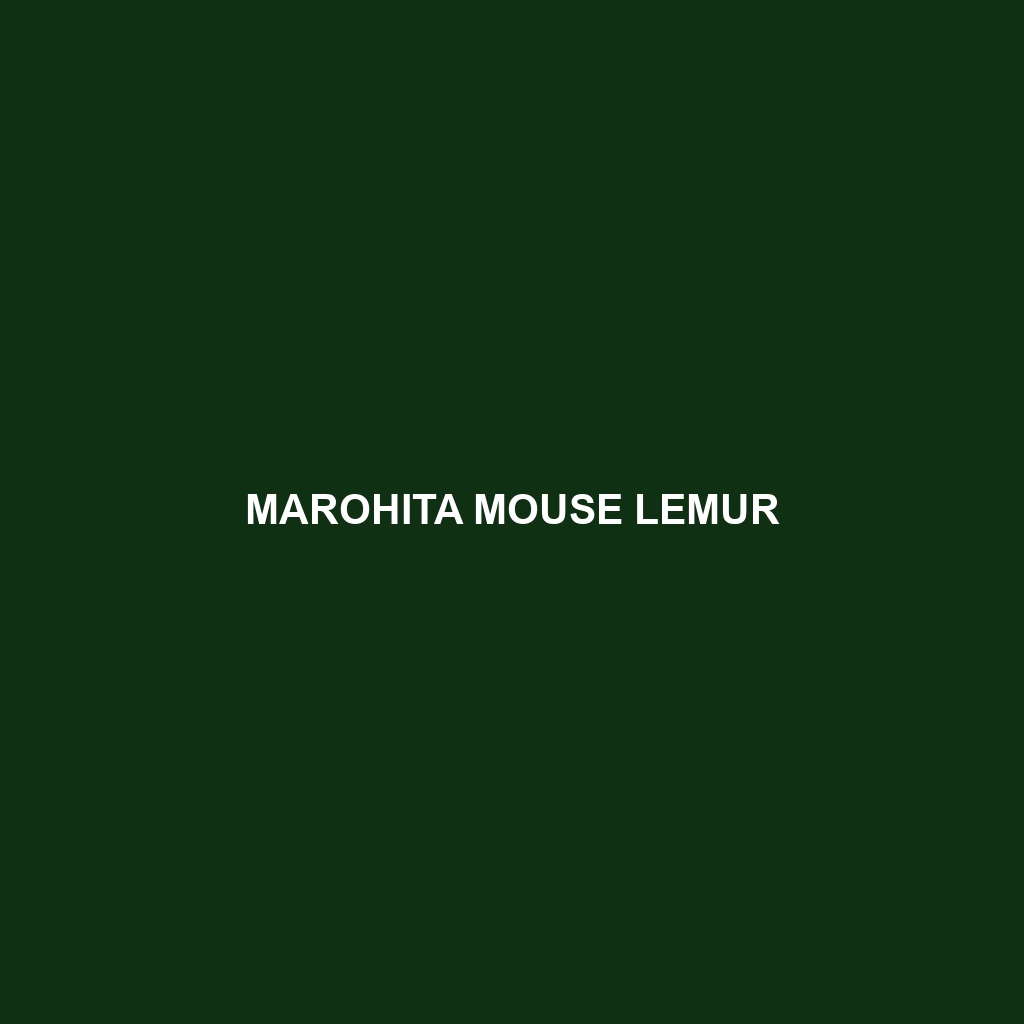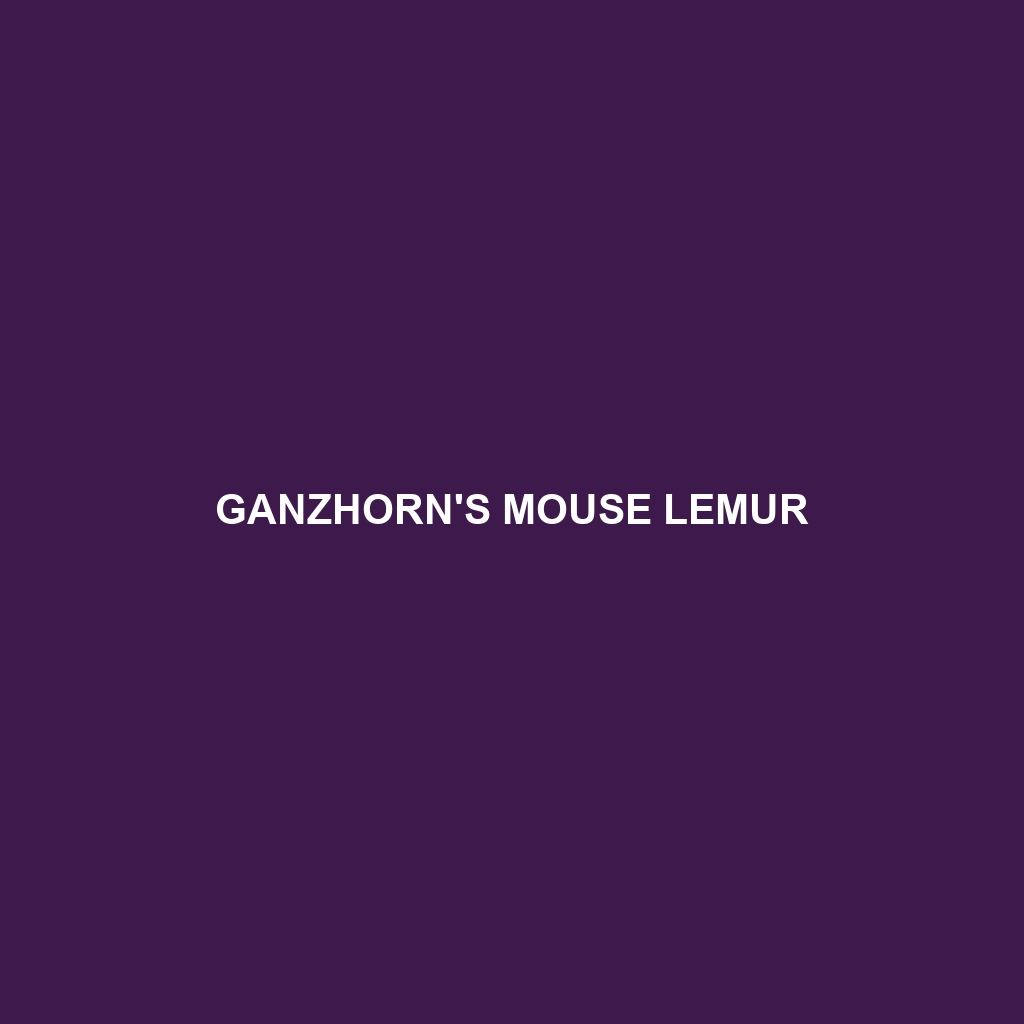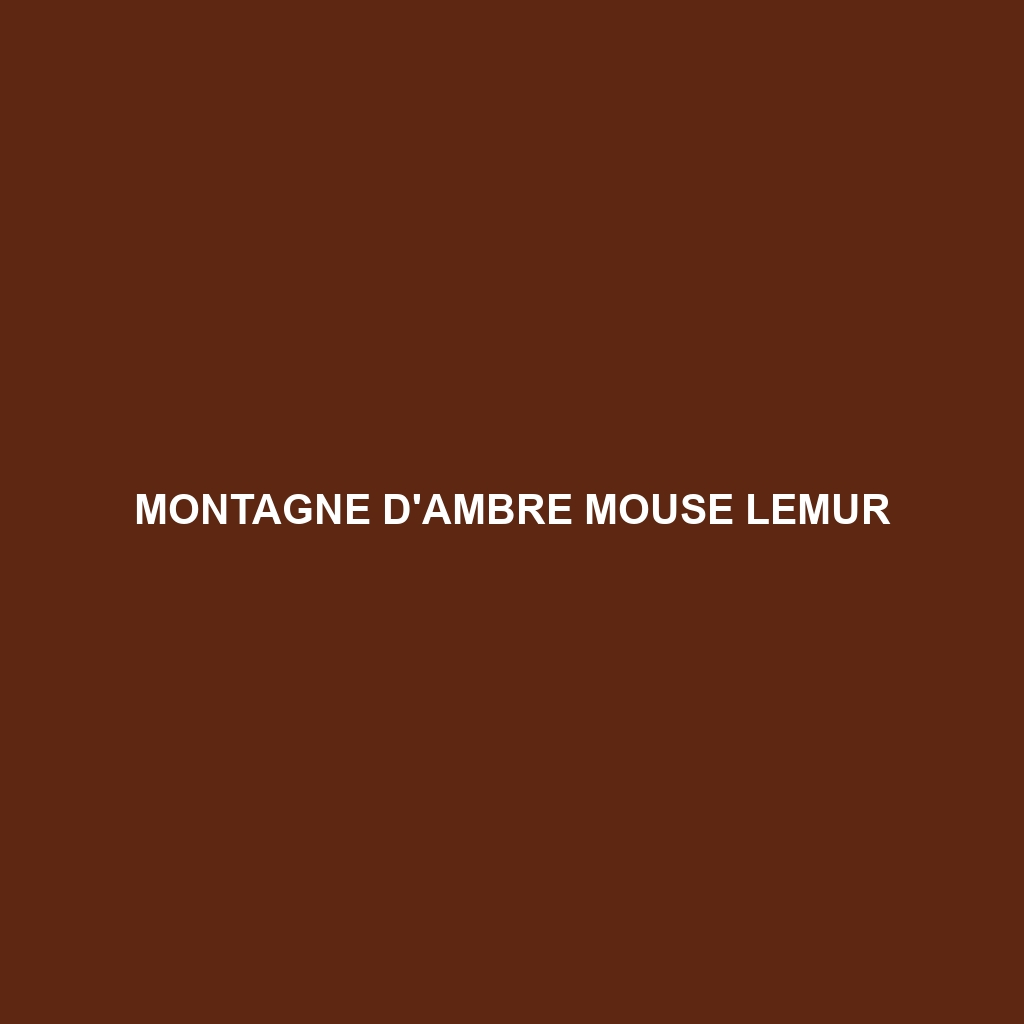Discover the fascinating world of the Brown Lemur (<i>Eulemur fulvus</i>), a medium-sized primate native to Madagascar's diverse tropical forests. Known for their playful nature, vocal communication, and vital role in seed dispersal, these vulnerable lemurs face challenges from habitat loss and hunting. Learn how their unique behaviors and adaptations contribute to the richness of Madagascar's ecosystem in our in-depth blog post.
Tag: primate conservation
White-fronted Brown Lemur
Discover the captivating world of the White-fronted Brown Lemur (<i>Eulemur fulvus</i>), a playful primate native to Madagascar's lush rainforests. With their striking appearance, complex social structures, and crucial role as seed dispersers, these endangered lemurs are essential to their ecosystem. Learn about their habitat, diet, and the challenges they face in today’s world.
Silky Sifaka
Discover the enchanting Silky Sifaka, a critically endangered lemur native to Madagascar's rainforests. Known for their silky white fur and acrobatic leaping, these social creatures are vital to their ecosystem as seed dispersers. Learn about their habitat, diet, and the conservation efforts aimed at preserving this unique species.
Masoala Woolly Lemur
Discover the fascinating world of the Masoala Woolly Lemur, a nocturnal primate endemic to the rainforests of Madagascar. With its unique physical characteristics, social behaviors, and critical role in seed dispersal, this endangered species faces threats from habitat destruction. Learn about their lifestyle, dietary habits, and the urgent conservation efforts necessary to protect their dwindling populations.
Masoala Fork-marked Lemur
Discover the Masoala Fork-marked Lemur (<i>Phaner furcifer</i>), a captivating nocturnal primate native to Madagascar's lush Masoala National Park. With their striking gray and brown fur, unique forked facial markings, and remarkable agility, these endangered lemurs play a crucial role in their ecosystem as seed dispersers and pollinators, while their social behaviors provide insight into the intricate dynamics of wildlife in this biodiverse habitat.
Northern Giant Mouse Lemur
Discover the Northern Giant Mouse Lemur, a fascinating primate native to the rainforests of Madagascar. Known for its distinctive fur and exceptional night vision, this endangered species plays a crucial role as a pollinator and seed disperser in its ecosystem. Explore its captivating behaviors, diet, and conservation challenges in our latest blog post.
Sambirano Mouse Lemur
Discover the fascinating world of the Sambirano Mouse Lemur, a vulnerable species native to the lush rainforests of Madagascar. Known for their distinctive brownish-grey fur, large expressive eyes, and arboreal behavior, these small primates play a crucial role in their ecosystem as seed dispersers. Learn about their habitat, diet, and the conservation efforts aimed at preserving their unique existence.
Marohita Mouse Lemur
Discover the fascinating Marohita Mouse Lemur (*Microcebus marohita*), an endearing primate native to the forests of Madagascar. These nocturnal creatures, known for their agility and playful behavior, play a crucial role in their ecosystem through seed dispersal, while facing threats from habitat loss. Learn about their unique physical traits, dietary habits, and conservation status in our latest blog post.
Ganzhorn’s Mouse Lemur
Discover the intriguing world of Ganzhorn's Mouse Lemur (<i>Microcebus ganzhorni</i>), a small primate endemic to Madagascar's northeastern rainforests. Renowned for its large, expressive eyes and unique nocturnal behaviors, this endangered species plays a vital role in its ecosystem as both a pollinator and seed disperser. Learn about its habitat, diet, and conservation challenges in our latest blog post.
Madame Berthe’s Mouse Lemur
Discover the charming Madame Berthe's Mouse Lemur, the smallest species of mouse lemur found exclusively in the biodiverse rainforests of Madagascar. With its unique physical characteristics and nocturnal behaviors, this endangered primate plays a vital role in its ecosystem through seed dispersal and pollination. Learn more about its habitat, diet, and conservation efforts in our detailed blog post.
